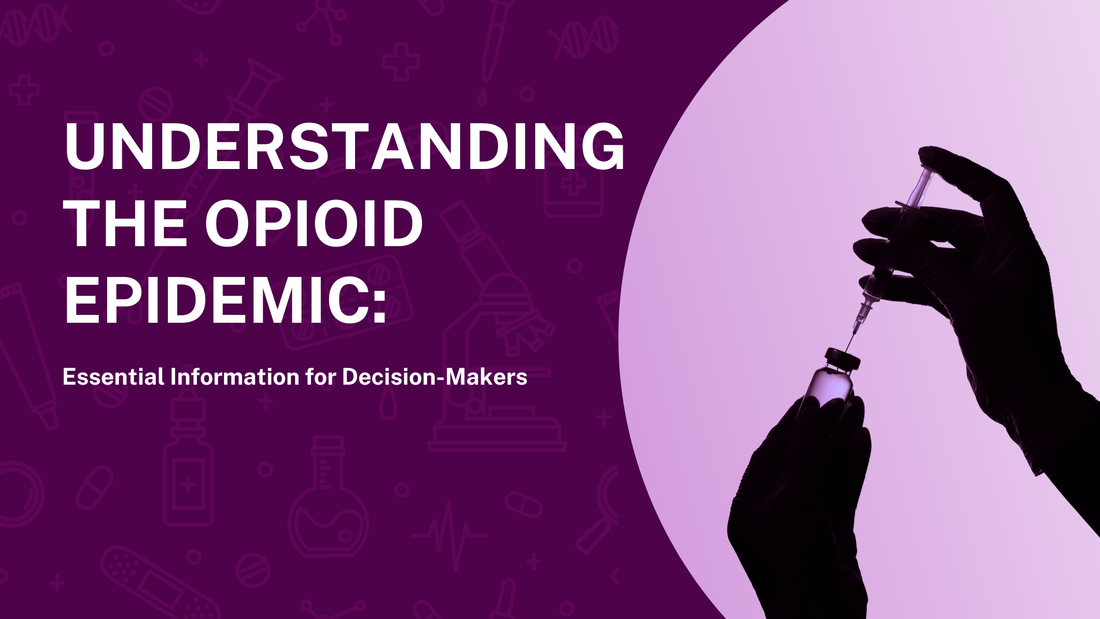
Understanding the Opioid Epidemic: Essential Information for Decision-Makers
Share
Introduction: Understanding the Opioid Crisis — and What We Can Actually Do About It
The opioid crisis isn’t some distant statistic — it’s an ongoing public health emergency affecting millions of families across the U.S. and around the world. What began decades ago as an effort to treat pain responsibly spiraled into an addiction crisis driven by overprescription, misinformation, and the flood of powerful synthetic opioids like fentanyl.
But this crisis isn’t hopeless. Access to naloxone — the medication that reverses opioid overdoses — has already saved tens of thousands of lives. Expanding that access through practical, portable solutions is one of the most important things we can do right now.
At nCase Technologies, we design tools like our discreet naloxone keychain case to make overdose response a part of everyday preparedness — because the difference between life and death often comes down to whether naloxone is close enough to use.
In this article, we’ll unpack how the opioid epidemic began, why it continues, and how communities, decision-makers, and companies like ours can work together to save lives.
Opioid Epidemic:
-
The opioid epidemic didn’t start with street drugs — it started in doctors’ offices. In the late 1990s, Purdue Pharma, owned by the Sackler family, aggressively marketed OxyContin as a “safe” long-term solution for chronic pain. Physicians were assured it carried a low risk of addiction. That turned out to be disastrously false.
-
Within a few years, overprescription became widespread, and millions of Americans developed opioid dependence — not because they sought a high, but because they trusted their doctors. When tighter prescribing laws arrived in the 2010s, many who were already dependent turned to cheaper and more accessible options like heroin and illicit fentanyl.
- Fast forward to today: synthetic opioids, especially fentanyl, drive the vast majority of overdose deaths. According to the CDC, more than 80,000 Americans died from opioid overdoses in 2023 alone. The World Health Organization estimates that over 60 million people worldwide used opioids non-medically last year — a staggering figure that highlights the global scope of a crisis often described as uniquely American.
Behind every number is a story — a patient, a family, a missed warning. The opioid crisis isn’t just about chemistry or policy; it’s about trust, misinformation, and the ripple effects of corporate negligence. Recognizing those roots is key to building smarter prevention and harm-reduction strategies today.
Important Causes of the Opioid Epidemic:
Many people cannot determine the addictive nature of opioids. The opioid epidemic is a very major problem, so understanding these causes helps in preventing the crisis.
- Overprescription of Painkillers
- Illegal Drug Use
- Synthetic Opioids like Fentanyl
- Lack of Awareness & Education
- Social and Economic factors
- Public Access to Naloxone: A Lifeline in Overdose Situations
Naloxone, often known by the brand name Narcan, is one of the simplest and most effective tools we have to reverse an opioid overdose. It works by binding to the same receptors in the brain that opioids affect — quickly restoring breathing within minutes and giving emergency responders, friends, or bystanders a chance to save a life.
Over the last decade, public access laws have transformed how communities approach overdose response. Nearly every U.S. state now allows pharmacies to dispense naloxone without a prescription, and community-based organizations distribute millions of free doses each year. These programs don’t just hand out medication — they train people to recognize overdose symptoms, respond confidently, and carry naloxone the same way you’d carry an EpiPen or an inhaler.
It’s working. Studies show that widespread naloxone distribution has prevented tens of thousands of deaths nationwide. But access still isn’t enough if naloxone isn’t on hand when it’s needed. Overdoses happen in cars, bathrooms, dorm rooms, alleyways — places where seconds matter.
That’s where everyday carriage becomes critical. The NALOX-1, our discreet naloxone keychain case, was designed to make that possible — compact, durable, and built for real-world use. Because preparedness doesn’t just save lives in theory; it does in practice.
Preparedness Beyond Overdose — Tools That Save Lives
While naloxone has become the gold standard for reversing opioid overdoses, it’s not the only example of how quick, accessible tools can turn bystanders into first responders. Devices like LifeVac — a simple, non-invasive suction tool used to clear airways during choking emergencies — remind us that preparedness takes many forms.
The same principle applies across every kind of emergency: people are far more likely to act when they have the right tools close at hand and know how to use them. Whether it’s naloxone in a keychain case, an EpiPen in a backpack, or a LifeVac in a restaurant kitchen, accessibility and awareness save lives.
At nCase Technologies, our focus is on overdose response — but our broader mission is the same: to make life-saving preparedness effortless, everyday, and stigma-free.
Safety Measures and Harm Reduction for the Opioid Crisis
The opioid epidemic can’t be solved by emergency tools alone — it takes education, compassion, and practical harm-reduction strategies that meet people where they are. Harm reduction doesn’t excuse drug use; it recognizes reality and focuses on keeping people alive long enough to get help.
- Across the country, public health organizations are expanding harm-reduction programs that work:
- Widespread naloxone access so anyone can reverse an overdose in seconds.
- Overdose response training that empowers people to recognize early warning signs and act without hesitation.
- Fentanyl test strips that help users identify contaminated drugs and avoid fatal exposure.
- Syringe exchange programs that reduce infection and open doors to treatment.
-
Community education that replaces stigma with understanding — because shame has never saved a life.
When these tools and approaches come together, they save lives, reduce healthcare strain, and build trust between communities and the systems meant to protect them.
At nCase Technologies, we believe preparedness is a form of harm reduction. Carrying naloxone — especially in something discreet and durable like our NALOX-1 keychain case — means you’re part of that system of care, ready to protect the people around you when it matters most.
The Role of Decision Makers and Communities
Decision makers play an important role in reducing the death rate caused by overdosing on opioids. Governments must support laws that:
- Increase access to naloxone and other rescue tools.
- Provide funds for the addiction treatment programs.
- Enforce the regulations to prevent overprescription and illegal distribution of opioids.
- Support mental health care and rehabilitation services.
All of these terms are equally applied to communities like schools, workspaces, and local organizations. They can run awareness campaigns, train volunteers, and establish safe spaces for those seeking recovery.
Final Thought – Turning Awareness Into Action
The opioid epidemic isn’t just a crisis — it’s a test of how we care for one another. Every overdose reversed, every person educated, and every dose of naloxone carried represents a small act of defiance against preventable loss.
We already know what works: access, awareness, and empathy. The next step is making those things normal — not rare. Preparedness shouldn’t feel clinical or complicated; it should be built into everyday life, as automatic as buckling a seatbelt or carrying an inhaler.
At nCase Technologies, our mission is simple: to make saving a life something anyone can do. Through tools like the NALOX-1 naloxone keychain case and ongoing community partnerships, we’re helping build a culture where overdose response is common sense — not crisis response.
Because when preparedness becomes personal, prevention becomes possible.
Explore our website nCase Technologies to learn more about our mission and safety solutions.


